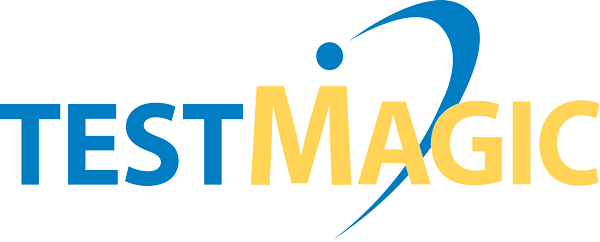7 Ways to Write an Introduction to Your Essay
🚀 7 Powerful Ways to Kick-Start Your Essay
Picture this: A blank page, an idea, and you.
How do you take that leap from the abyss of nothingness into the vibrant cosmos of your ideas?
Easy, it’s your powerful, engaging introduction!
💡 Objective
By the end of this lesson, you will be equipped with seven dynamic strategies for crafting an engaging essay introduction that will leave your readers hooked and hungry to learn more.
📚 Definition
An introduction serves as the doorway to your essay. It sets the stage, provides context, and lures your reader in.
It’s your first chance to make a good impression, so make it count!
😂 A Touch of Humor
Why don’t we ever let a topic sentence play hide and seek?
Because it always gets lost in the introduction!

(Hey, you try making a joke about essay introductions. It ain’t easy.)
🎯 7 Different Ways to Write an Introduction
This is but a short list of ways to open your essay. There are at least 777 other ways to do this, and we’ll get to them in a future lesson.
- The Anecdote: Start with a short, personal story that relates to your topic. For bonus points, make it funny.
- The Question: Pose a thought-provoking question to stir curiosity. Important! You must avoid overly simplistic questions, like Do you drink soda?
- The Quote: Use a relevant quote that resonates with your topic. Use a real quote, preferably a thoughtful one. Don’t use cliches.
- The Statistic: Begin with a surprising or compelling statistic. Make sure it’s actually correct. For extra impact, cite the source.
- The Bold Statement: Make a bold, arguable assertion that piques interest. Make sure it’s actually plausible!
- The Fun Fact: Share an intriguing, lesser-known fact about your topic.
- The Scene-Setter: Paint a vivid picture with descriptive language.
👩🏫 Examples of 7 Types of Introduction
These are all written to introduce an essay about the value of reading.
The Anecdote: “I still remember the day I found a dusty, dog-eared copy of Charlotte’s Web hidden in the corner of our attic. I was just seven years old, and the adventure that unfolded from its pages sparked a love for reading that has shaped my life in more ways than I could have ever imagined.”
The Question: “Have you ever considered how many lives you could live, how many places you could visit, how many minds you could explore, all without leaving the comfort of your own home? What if I told you that this is the power a simple book holds?”
The Quote: “Mark Twain once said, ‘The man who does not read has no advantage over the man who cannot read.’ How does this centuries-old quote resonate with our digitized society today?”
The Statistic: “A study from the Pew Research Center in 2021 revealed that 36% of US adults hadn’t read a single book in the past year. The question is, are we losing touch with one of humanity’s oldest and most enriching habits?”
The Bold Statement: “In a world dominated by rapid-fire tweets and viral videos, picking up a book to read is not just a pastime—it’s an act of resistance, a testament to the power of deep, immersive thought.”
The Fun Fact: “Here’s a tidbit for you-the term ‘bookworm’ originates from tiny insects who, in the past, were known to feed on the binding of books. Today, being called a ‘bookworm’ has a whole new, and much more flattering, meaning!”
The Scene-Setter: “Imagine a quiet corner of a cozy coffee shop, a warm cup of your favorite drink in hand, the rain softly tapping on the window, and a captivating story unfolded in the pages of a book before you. Now, let’s explore why this simple joy bears such profound significance in our lives.”
🔎 Explanation
The anecdote and scene-setter leverage the power of storytelling to draw readers in.
The question and bold statement immediately engage the reader’s thoughts or emotions.
The quote and fun fact provide an external perspective or surprising detail that can spark interest.
The statistic uses hard data to underscore the importance or relevance of your topic.
✍️ Practice
Now your turn! Let’s put your new skills to use.
- Write an anecdotal introduction about the impact of social media.
- How would you phrase a thought-provoking question about climate change?
- Find and write an introduction using a quote about education.
- Begin an essay about health and fitness with a surprising statistic.
- Make a bold statement as an introduction to an essay about space exploration.
- Share a fun fact at the beginning of an essay about the history of your city.
- Paint a vivid picture as you kick off an essay about the importance of literature.
- Write an introduction to an essay on biodiversity using two of the strategies together.
- Critique an introduction you’ve written previously using what you’ve learned.
- Write three different introductions for the same essay topic.
📋️ Summary
We have tried to demystify the process for writing an introduction; it’s not as hard as you might think, but the most important component of improving is simple practice.
You’re ready to launch into any essay with an introduction that’s out of this world!
